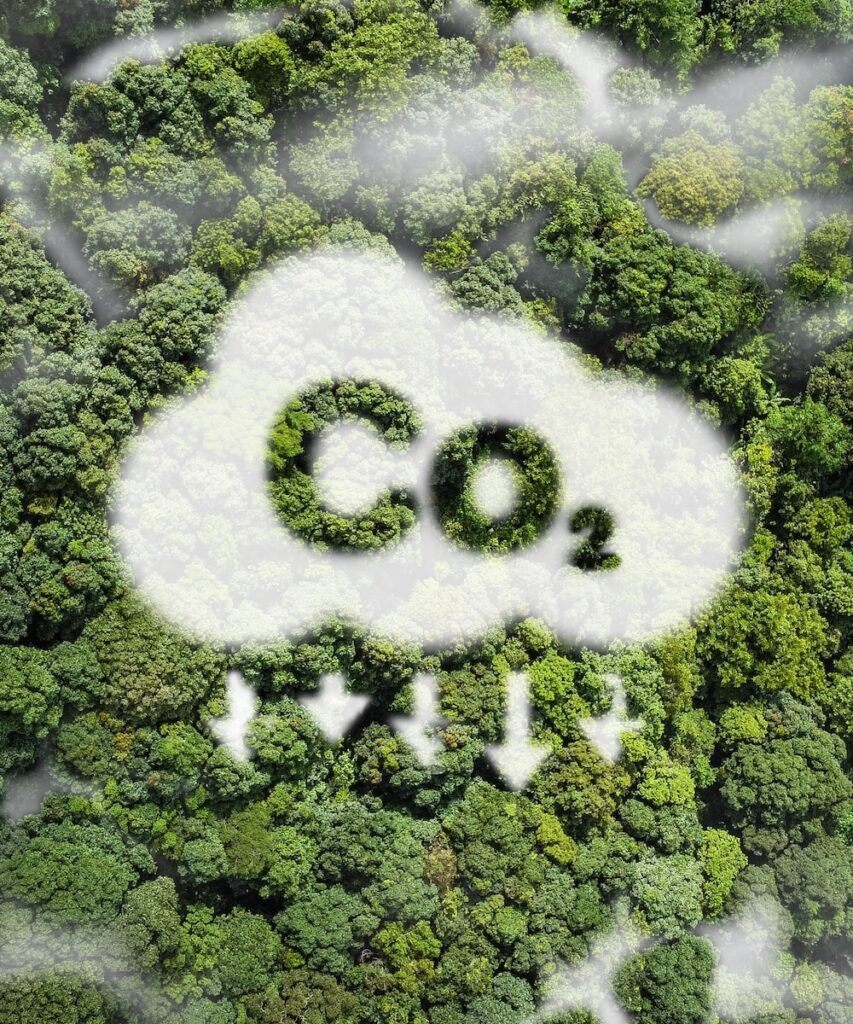
Environmental

CO2 SCOPE THREE EMISSIONS REDUCED BY 12 % ON A PER MILE DRIVE BASIS.
HRC Technology involves deliberate reduction of aromatics and olefins in gasoline, with corresponding increases in paraffins, particularly iso-paraffins – which are higher in octane. Paraffins simply are more “hydrogen-rich” – containing a lower level of carbon than aromatics and olefins. But paraffins also have a higher combustion energy release per pound or per gallon. So HRC gasoline will release less CO2 simply due to its chemical composition and energy density.
Compared to current gasolines, tailpipe CO2 emissions (Scope Three Emissions) are about 12% lower. Details of this calculation are found in US Patent 11,434,441 B2.
This is a significant improvement – if applied to the entire US gasoline pool, this would result in a reduction of 155 million metric tons of CO2 per year, a reduction of 2.68 % in the total US CO2 release. Details of this calculation are also found in US Patent 11,434,441 B2.
This is only the beginning. As the next section explains, further reductions to CO2 Scope Three emissions can occur as we learn to incorporate renewable naphtha into the HRC refining process.
Click here to return to main Environmental discussion.
